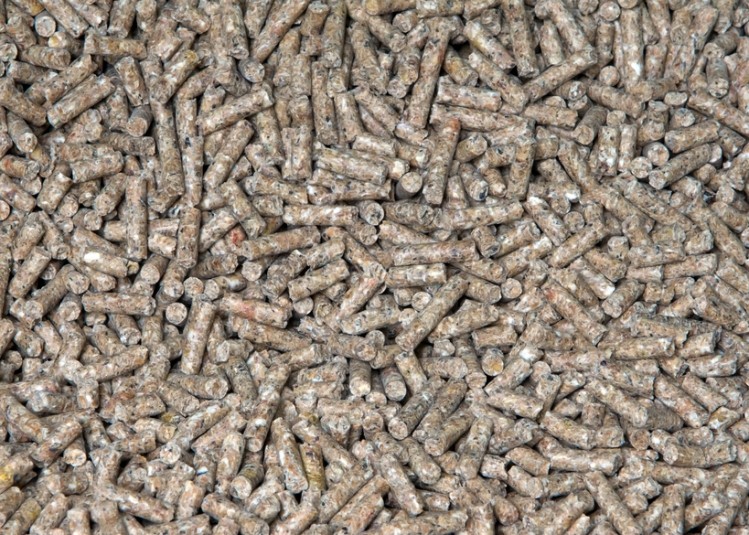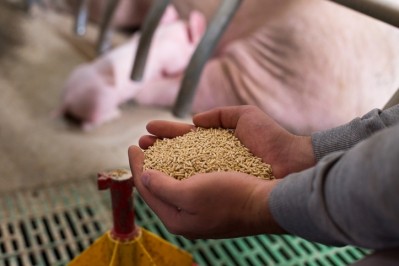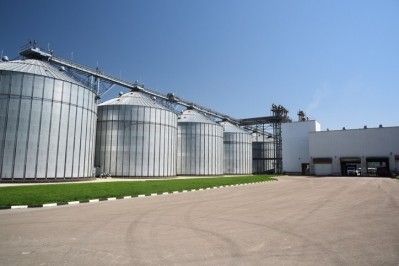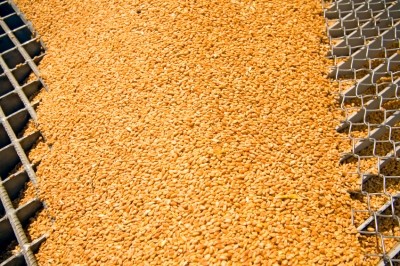EU compound feed output set to slide in 2016

Experts within the EU Feed Manufacturers’ Federation (FEFAC) said they predict a 0.7% decrease in compound feed production this year.
The Brussels based trade group does expect the upward trend in poultry feed demand to persist throughout the remainder of 2016, though at around 0.5%, it will be at a slower pace than in 2015.
And it foresees a significant reduction — 1.5% — in pig feed demand overall this year, due to the negative outlook for pig meat production in the EU.
2015 feed output in the EU
Compound feed production in the EU 28 in 2015 reached 157.3 million tons, according to data provided by FEFAC members.
Cattle feed production saw a dip of 0.7%, but the trade group noted pig and poultry feed grew by 0.6% and 1.2% respectively last year. The data shows poultry feed consolidated its position of leading segment in the EU, now well ahead of pig feed.
FEFAC noted feed costs remained low in 2015 and even decreased compared to 2014. This was due to a good 2015 cereals harvest in the EU, both in terms of quantity and sanitary status, and a largely sufficient supply of oilseed meals globally, especially soybean meal.
As regards cattle feed, the picture was, as usual, very different across Europe, a lot depending on weather conditions for forages production.
The effect of the lifting of the quota regime, with a 2% higher milk production in 2015 than the previous year, was hardly visible for the compound feed industry EU‑wide, with the exception of Ireland and the Netherlands which saw an 8.2% and 6% hike respectively in cattle feed volumes.
The European compound feed industry employs over 110,000 persons on around 4,000 production sites.
Farm animals in the EU 28 consume an estimated 480 million tons of feed a year, of which about 30% are produced by the compound feed manufacturers.
Turnover of the EU compound feed sector is estimated at €50bn.
Gains for Poland and Spain
Poland and Spain have been the best performing among the largest EU compound feed producing countries, concluded FEFAC, with both showing annual growth close to 4%.
Germany recorded a “significant” decrease, around -2.9%, after five consecutive years of growth. The FEFAC report also noted a decline in UK compound feed production.
France, Italy and the Netherlands saw little change.
However, Germany and Spain are still shoulder to shoulder in their position as leading EU countries in terms of total compound feed production, both ranked well above France.
Grain supply outlook
The organization noted, that on the feed materials side, there could be a better supply of feed wheat this year given concerns over the quality of the 2016 EU cereals harvest arising out of humid and cold weather conditions in several key countries.
FEFAC cautions though with questions over the crop quality, feed manufacturers and farmers need to be aware of any potential grain contamination.
The trade group also turned its attention to protein supply, citing potential supply and demand unbalance due to the reduced South American soy harvest but it said those concerns might be needless if the US harvest delivers.















